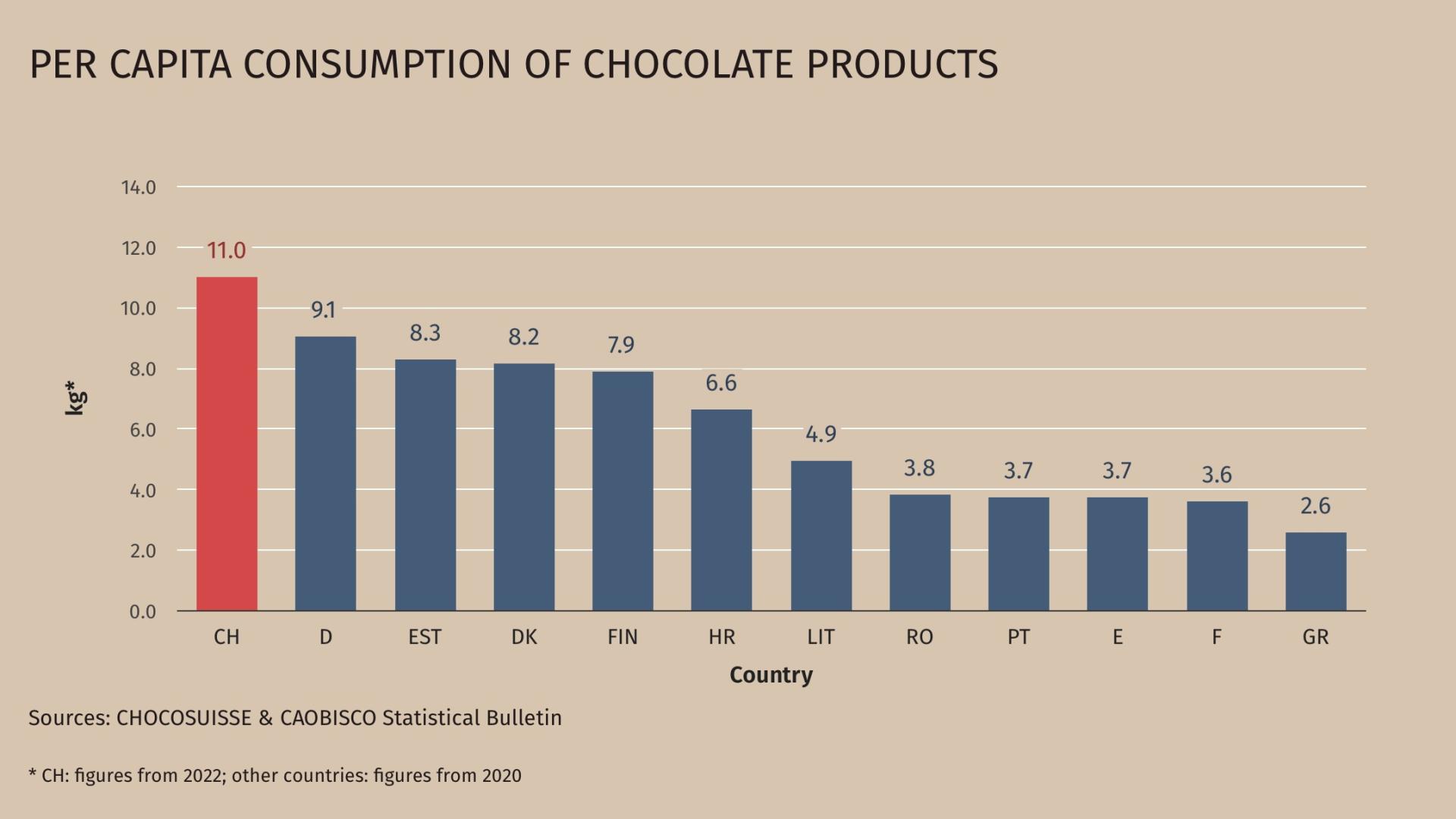Swiss people eat heaps of chocolate.

Each Swiss citizen consumes, on average, a staggering 11 kilograms of chocolate per year. That's equivalent to 110 bars of 100g chocolate! What's interesting to note, though, is that their neighboring friends, the French, merely take polite nibbles by comparison.
Why the huge disparity, you ask? My Swiss friend once offered a tongue-in-cheek explanation: "Chocolate is for the Swiss what Paracetamol is for the Dutch - a cure-all remedy." Tired? Chocolate. Fever? Chocolate. Broken heart? Chocolate, of course!
Does chocolate have some sort of magical medical power? Not quite. This charming belief stems from a whimsical mix of anecdotal evidence, creative leaps of causality, and inherited wisdom. In essence, this medicinal halo surrounding chocolate is woven into the very fabric of Swiss culture.
It's intriguing to ponder how culture can influence behaviors like this. Can it do more? Let's explore this idea using a couple of examples from education.
Consider a program I witnessed where culture had a negative impact. A group of students developed a narrative that the content was irrelevant, the instructors clueless, and the program itself sucked. This led to absenteeism, lack of preparation, and half-hearted assignment completion at best. The consequence was a significant disengagement from the program and underachieved learning outcomes. Worse still, their attitude spread and affected the other students, too.
Contrast this with a more uplifting example of culture. I recently joined Toastmasters International, a public speaking club. Every Wednesday, I find myself excited to join the meeting. I feel compelled to contribute, mirroring the enthusiasm of my peers. Members spend significant time crafting speeches, offering thoughtful feedback, and providing mutual support. However, this culture of commitment didn't just magically appear. It's cultivated through the members' values, attitudes, and actions, yes, but it is also guided by the overarching principles and norms set by the parent Toastmasters organization.
A positive culture can shape students' behavior and boost their engagement in their studies. It's vital for educational programs to nurture such a culture. And there's a method to it.
Here are some pointers to guide the shaping of a program culture:
1. Start early
Begin by promoting program values, norms, and expectations in the program's communication to potential students. This could be via the website, during events, or other student recruitment activities.
2. Organize a strong program kick-off
This is a golden opportunity to influence culture as it forms. Using rules and catchy slogans to make the cultural elements concrete can be helpful. Some examples could be:
-"A student who doesn't ask questions is a weird student."
-"This program is a dangerous place for ideas, but safe for people."
-"Feedback is a gift."
3. Maintain the culture
This entails the repeated reinforcement of rules, expectations, and slogans. It's also about leading by example and ensuring adherence to the norms. Cohesion with other faculty members in the program is crucial too.
Creating a culture within educational programs demands time and effort. And frankly, it's not a skill that all academic directors naturally possess. So if you've given it your all, and things still don't seem to be falling into place, don't fret. Maybe it's time for some Swiss-style self-care. Grab a chocolate bar!
Text improved with ChatGPT GPT-4.
Cover image courtesy of amirali mirhashemian on Unsplash.
